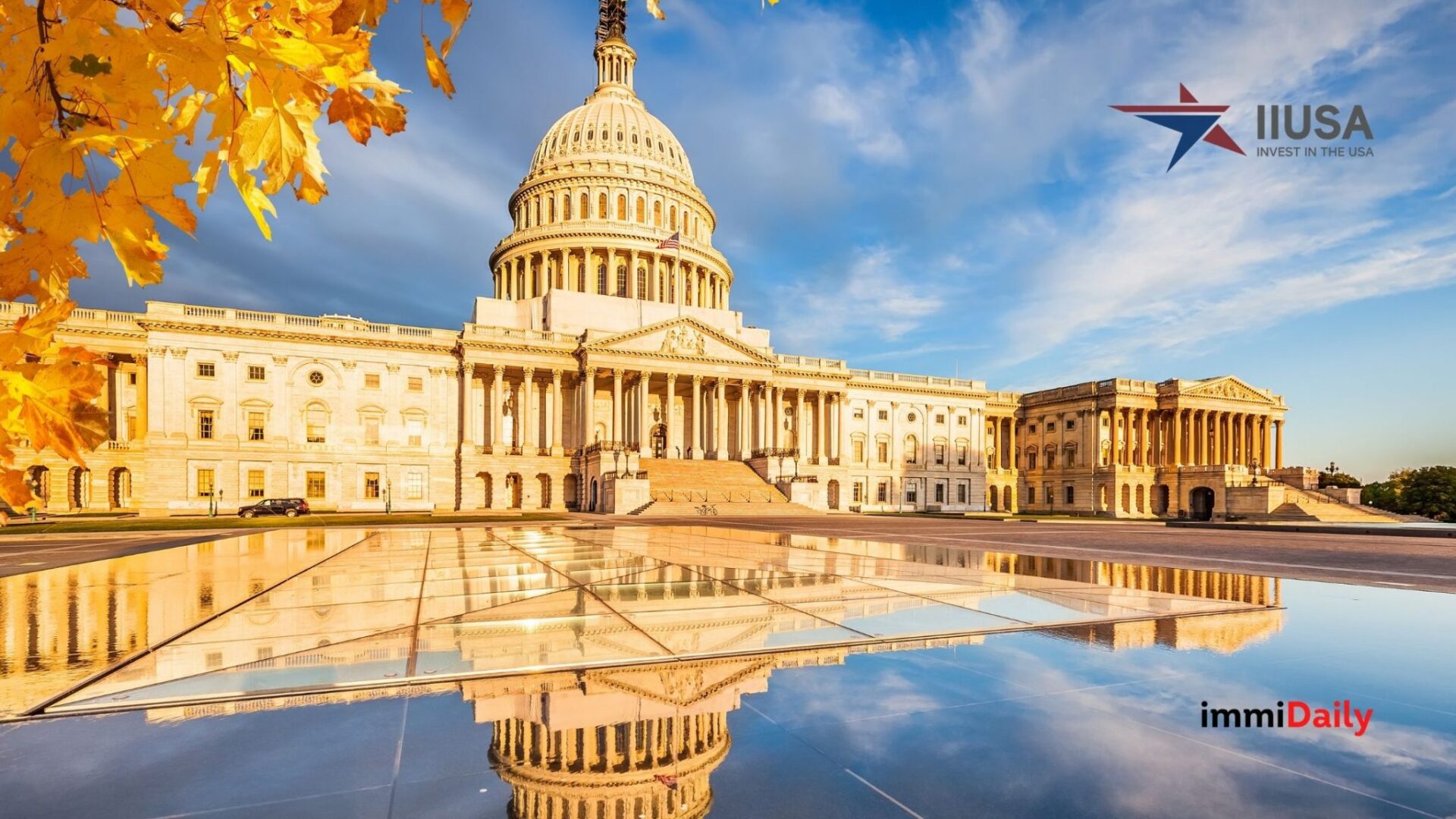IIUSA Executive Director, Aaron Grau, recently shared his insights into the EB-5 reauthorization efforts and the future outlook for the Program with immiDaily readers throughout Asia.
Mr. Grau notes that while there are many nuances and interesting voices in the reauthorization efforts “All sides, however, need to reestablish the Regional Center Program. Therefore, a compromise must be reached. Many members of Congress share the stakeholders’ ultimate goal of bringing the Program back to life, but the goal now is to come up with a reformed version of the Program that’s going to be politically palatable enough for it to garner the support it needs to pass.”
Originally Published in IMMIDaily
By Aaron Grau, Executive Director of Invest in the USA
Bipartisanship is infrequent in modern US politics. So, when the EB-5 Regional Center Program enjoyed its blessing this past summer, it seemed certain to be reauthorized. Unfortunately, Senators Grassley’s (R-IA) and Leahy’s (D-VT)-proposed bill (S.831), to renew the EB-5 Program, didn’t pass and the Program effectively died on the Senate floor on June 24, 2021.
In the end, all it took was a single senator’s objection to stop the bill from passing in time to meet its June 30th expiration date.
So, what happens now? When a program with nearly 30 years of history and success for immigrant investors and economic development disappears overnight is it possible it still has a future?
The EB-5 regional center process is part of an expansive immigration, investment, and development eco-system. Each part (party) has needs and likewise each plays an important role for the others’ success. It is a lot to balance. While some requirements overlap, others conflict, so it’s important to truly evaluate stakeholders’ “wants” versus “needs.”
It would be wonderful if everyone got the exact reforms they “want” but the truth is in legislation -as in life- every stakeholder must compromise their “wants” for the sake of what everyone needs.
For example, industry stakeholders and investors want to see lower required investment amounts. The levels promulgated in the last round of federal regulations, $900,000 for targeted employment area (TEA) investments and $1.8M for non-TEA projects are too high. They effectively chilled the EB-5 visa investment market and consequently economic development opportunities in communities across the country.
The federal government, however, feels otherwise and a recent USCIS report points to other factors it believes contributed to the investment downturn. USCIS wants to maintain higher investment levels.
All sides, however, need to reestablish the Regional Center Program. Therefore, a compromise must be reached. Many members of Congress share the stakeholders’ ultimate goal of bringing the Program back to life, but the goal now is to come up with a reformed version of the Program that’s going to be politically palatable enough for it to garner the support it needs to pass.
At long last, the industry stakeholders have done their part and provided an industry consensus reauthorization bill to Capitol Hill policy makers. The bill includes its own hard debated industry compromises including:
- Grandfathering good faith investors in the event of any future program lapse;
- Integrity reforms that mirror those including in S.831;
- Assurances for investors’ ability to seek judicial review; and above all
- A long-term reauthorization to finally provide the entire eco-system stability.
The EB-5 industry now looks forward to reengaging with its Congressional partners to discuss and negotiate their wants and needs. It is a process, granted, that must happen soon and amidst many other Congressional priorities, not the least of which is a vast budget reconciliation bill and appropriation measures to avoid a government shutdown.
A new, reformed, long-term EB-5 Regional Center Program is realistic and within reach. It will surely miss giving everyone everything they want, but it will assuredly provide everything the eco-system needs









